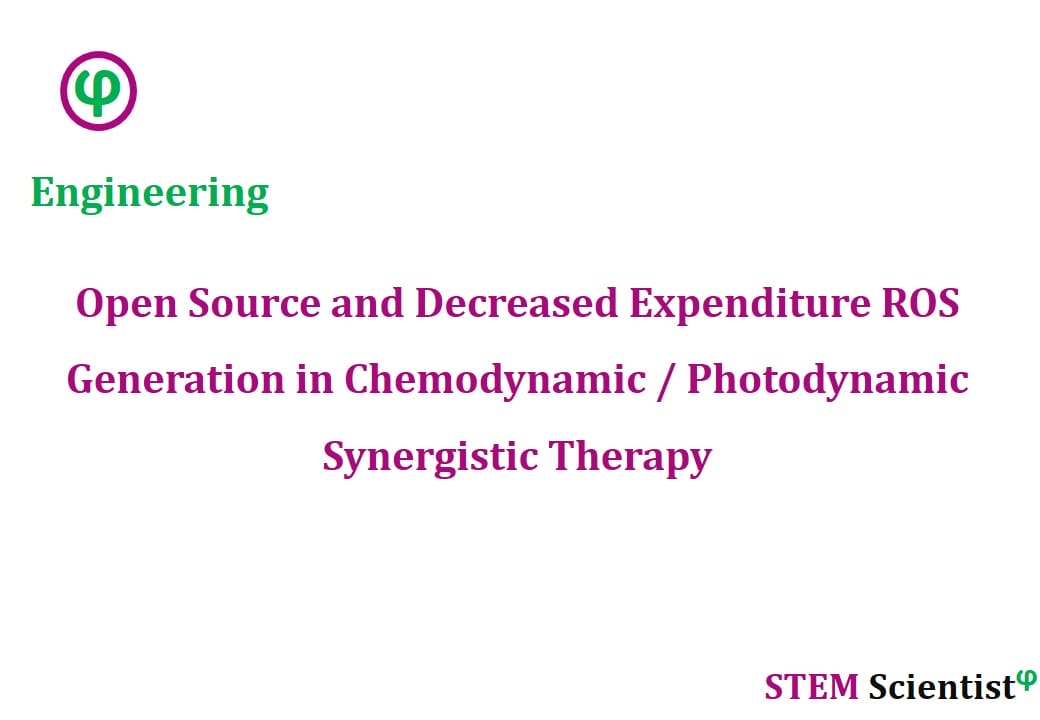
The following study was conducted by Scientists from Beijing Advanced Innovation Center for Materials Genome Engineering, University of Science & Technology Beijing, China; Shenzhen University, Shenzhen, Guangdong, China. Study is published in Nature Communications Journal as detailed below.
Nature Communications; Volume 11, Article Number: 1735; (2020)
An Open Source and Reduce Expenditure ROS Generation Strategy for Chemodynamic/Photodynamic Synergistic Therapy
Abstract
The therapeutic effect of reactive oxygen species (ROS)-involved cancer therapies is significantly limited by shortage of oxy-substrates, such as hypoxia in photodynamic therapy (PDT) and insufficient hydrogen peroxide (H2O2) in chemodynamic therapy (CDT). Here, we report a H2O2/O2 self-supplying nanoagent, (MSNs@CaO2-ICG)@LA, which consists of manganese silicate (MSN)-supported calcium peroxide (CaO2) and indocyanine green (ICG) with further surface modification of phase-change material lauric acid (LA). Under laser irradiation, ICG simultaneously generates singlet oxygen and emits heat to melt the LA. The exposed CaO2 reacts with water to produce O2 and H2O2 for hypoxia-relieved ICG-mediated PDT and H2O2-supplying MSN-based CDT, acting as an open source strategy for ROS production. Additionally, the MSNs-induced glutathione depletion protects ROS from scavenging, termed reduce expenditure. This open source and reduce expenditure strategy is effective in inhibiting tumor growth both in vitro and in vivo, and significantly improves ROS generation efficiency from multi-level for ROS-involved cancer therapies.
Source:
Nature Communications
URL: https://www.nature.com/articles/s41467-020-15591-4
Citation:
Liu, C., Y. Cao, et al. (2020). “An open source and reduce expenditure ROS generation strategy for chemodynamic/photodynamic synergistic therapy.” Nature Communications 11(1): 1735.


